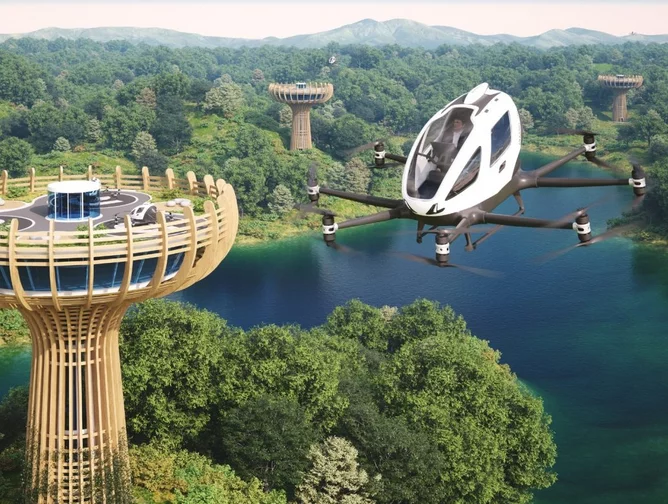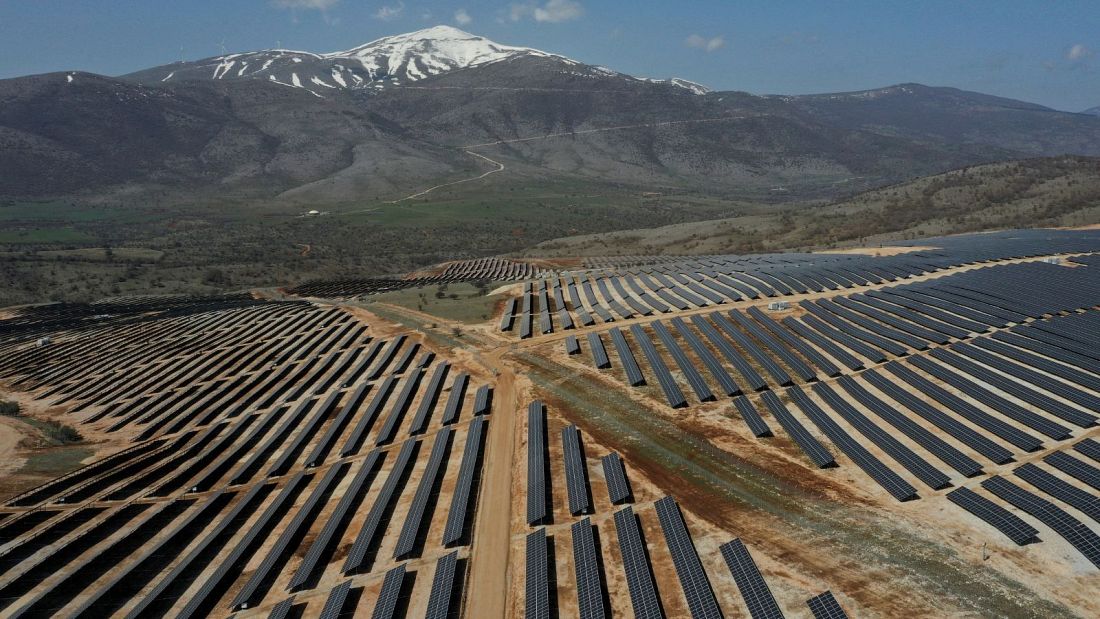
I’ve been covering the world of software long enough to remember that the aftermath of every frothy funding frenzy is the certain recipe for a tasty smorgasbord of acquisition targets, especially when the economy chills.
Thus, I wasn’t even remotely surprised to learn about the gobble-up earlier this month of U.K. carbon accounting software venture Spherics by London-based Sage, one of the better-known vendors of accounting, financial and human resources applications for small and midsize businesses.
Terms of the deal weren’t disclosed, but Sage stated that it believes it has a big role to play in helping smaller enterprises progress down the path to net zero by making it simpler for them to calculate their greenhouse gas emissions as part of their day-to-day financial and procurement processes.

IDC analyst Mickey North Rizza noted: “We see companies moving towards more integrated, outcome-driving ways of incorporating sustainability into every step of the business life cycle, and our studies show that organizations are investing in many application areas directly related to sustainability and ESG initiatives. In particular, the applications of supply chain, finance and [enterprise resource planning] are at the top of this investment with some of the largest benefits of elevated productivity, increasing profitability and decreased costs.”
That’s why any data platform that can help multinational companies better understand the climate impact of its value chain is ripe for the picking — and why the carbon accounting category will grow by an estimated $9.6 billion between 2021 and 2026. I encourage you to check out this analysis published by nonprofit Responsible Innovation Labs and VC advisory firm Lucid Capitalism, which offers some great advice about how to go about evaluating software of this nature. The five companies considered are Watershed (a partner of GreenBiz), Greenly, Planetly, Persefoni and Sustain.Life.
Trouble is, very few companies have yet to forge an explicit link between their holistic digital technology strategy and the goals that they are setting for net-zero operations and other environmental, social or corporate governance ambitions. So, many of these tools are probably being purchased in a vacuum.
We see companies moving towards more integrated, outcome-driving ways of incorporating sustainability into every step of the business life cycle …
Consider that just 7 percent of roughly 560 companies surveyed earlier this year by Accenture, for example, have fully integrated those strategies. According to the research, only 49 percent of chief information officers (CIOs) are part of the leadership team setting sustainability goals, while only 45 percent are “assessed” based on those goals.
“Successful integration of sustainability goals into an organization’s broader strategy involved collaboration between a purpose-driven CIO and their leadership team to drive innovation and tech solutions to deliver on sustainability goals; measure the impact of technology and build sustainable tech; and accelerating sustainability outcomes by leveraging the company’s ecosystem,” Sanjay Podder, managing director and global lead of technology sustainability innovation, told me in an email.
The promise of digitalization
Which technologies are particularly important for building more discipline around the collection and management of data is integral to operationalizing sustainability. It’s the usual suspects: artificial intelligence, sensors and other gadgets associated with the Internet of Things, blockchain and cloud computing services. Indeed, Accenture figures that about 70 percent of the companies that have successfully reduced greenhouse gas emissions in their production and operations have used AI to do so.
In our email exchange, Podder cites the example of a building materials company that is using machine learning to assess the strength of cement during the production process, with the aim of reducing emissions during its creation. The goal is to cut the amount of CO2 spit out by its plants by 3 million metric tons — saving about $150 million along the way.
Another area Podder talks up as especially important is “green software development.” Recentering the principles by which a company designs, deploys and manages its fundamental business applications will be critical for making sure that embracing technology to support ESG goals doesn’t wind up increasing corporate emissions or water consumption. He notes that seven areas require particular attention:
How custom software applications are written — not just the time taken for creation but also how features are crafted to use the least amount of energy possible
Design choices associated with user interfaces, so that the way information is displayed uses minimal power
How machine learning and AI processes are constructed — again, with energy usage in mind
Where cloud services are hosted and the generation sources behind the electricity used by those data centers
The types of servers and equipment used for data processing
The algorithms used by any blockchain technology selected for transactions
The life cycle of any hardware used to support a company’s information technology needs — not just how long those servers last, but how they can be recycled and reused at some point in the future
As Podder notes, “Companies need to focus on building trustworthy systems. The environmental aspects of sustainability are important, but they’re not the only issue that matters. For sustainable technology to cover all the bases, it must also consider the human and social impact of technology and — in turn — its effect on company performance. Finally, organizations need to ensure that they’ve created practical governance mechanisms to make technology sustainable.”
Obviously, these are things sustainability professionals think about but aren’t necessarily expert in addressing. All the more reason it’s time for CSOs to start working more closely with CIOs.
Source Greenbiz















